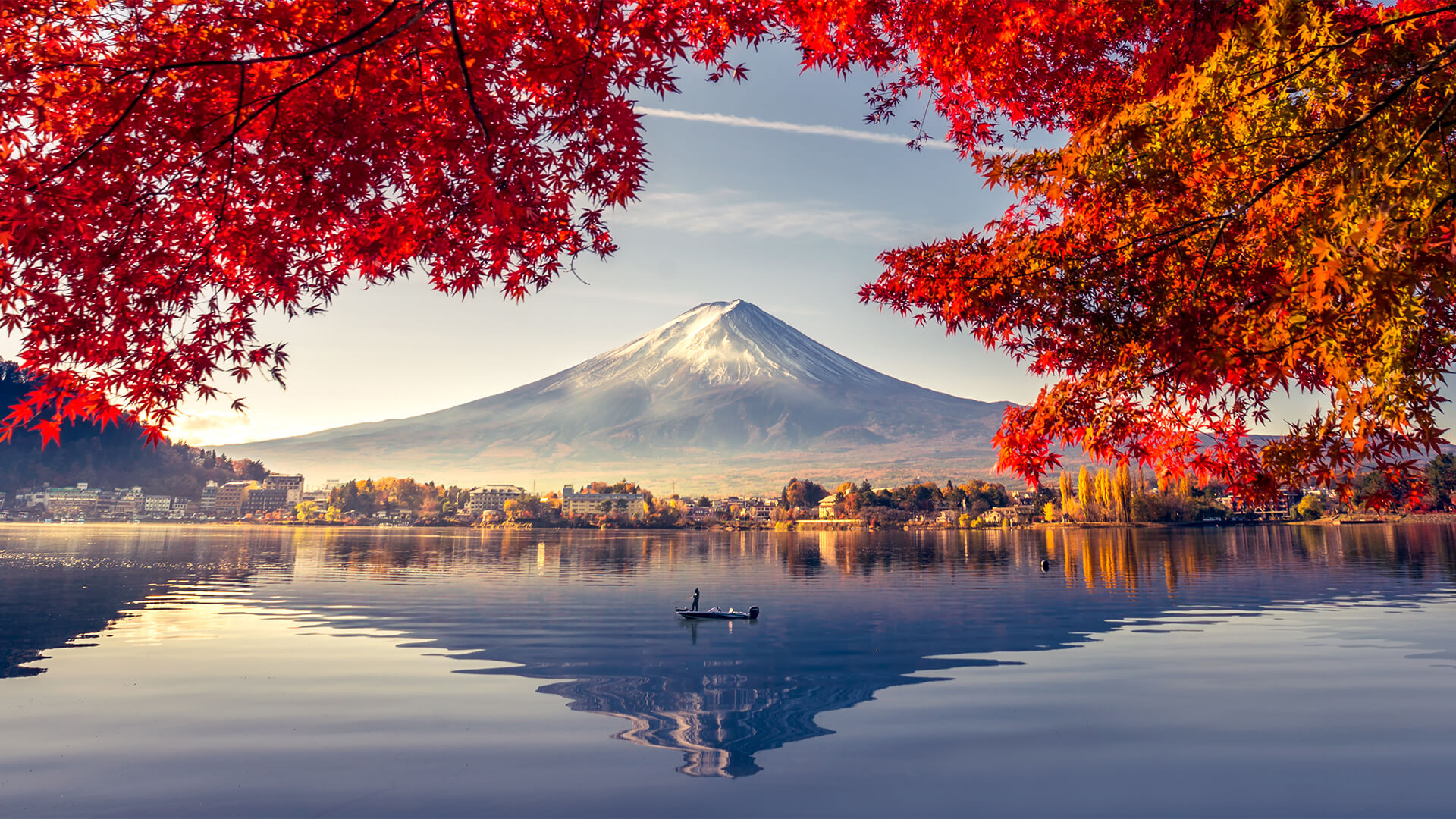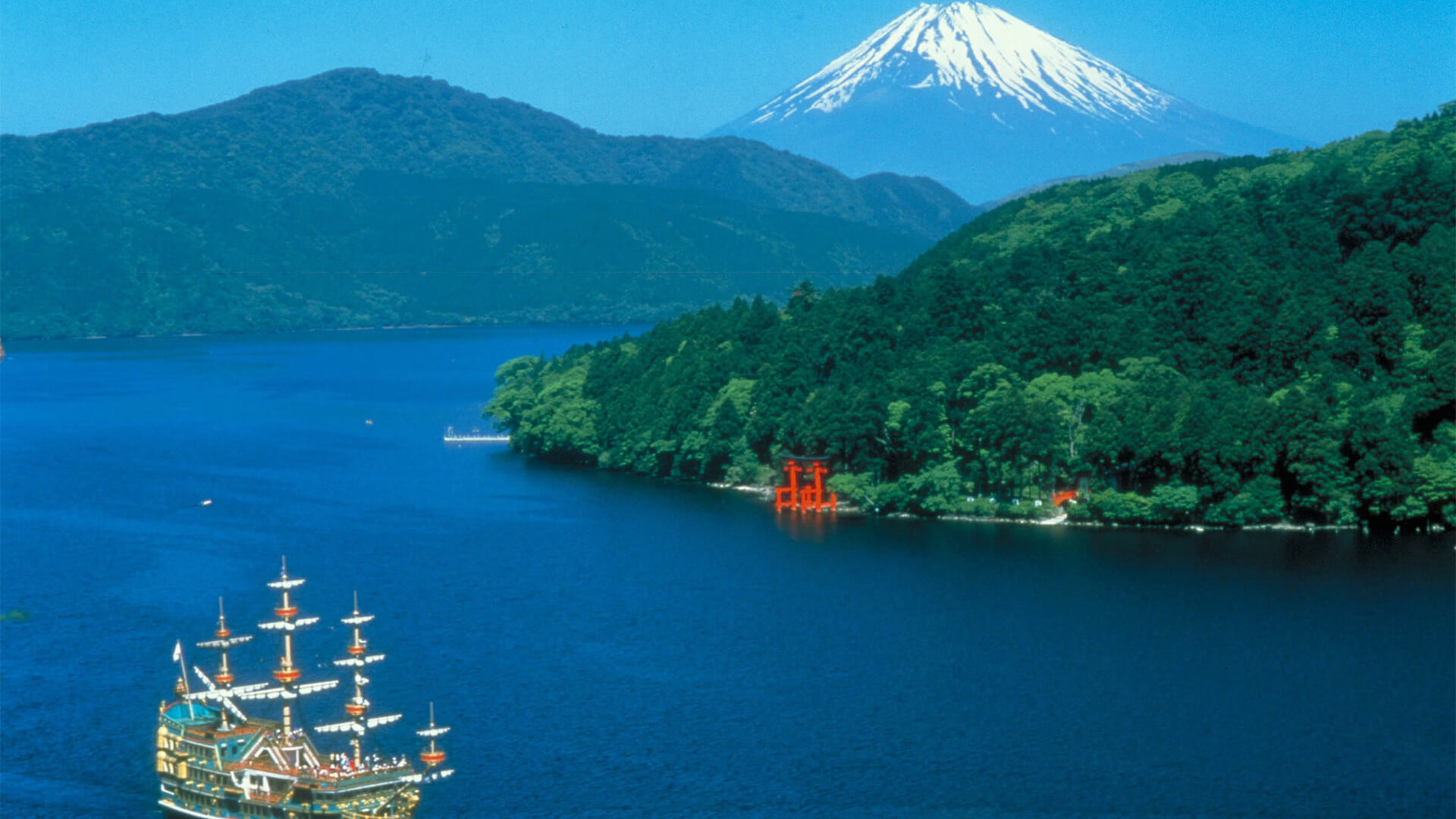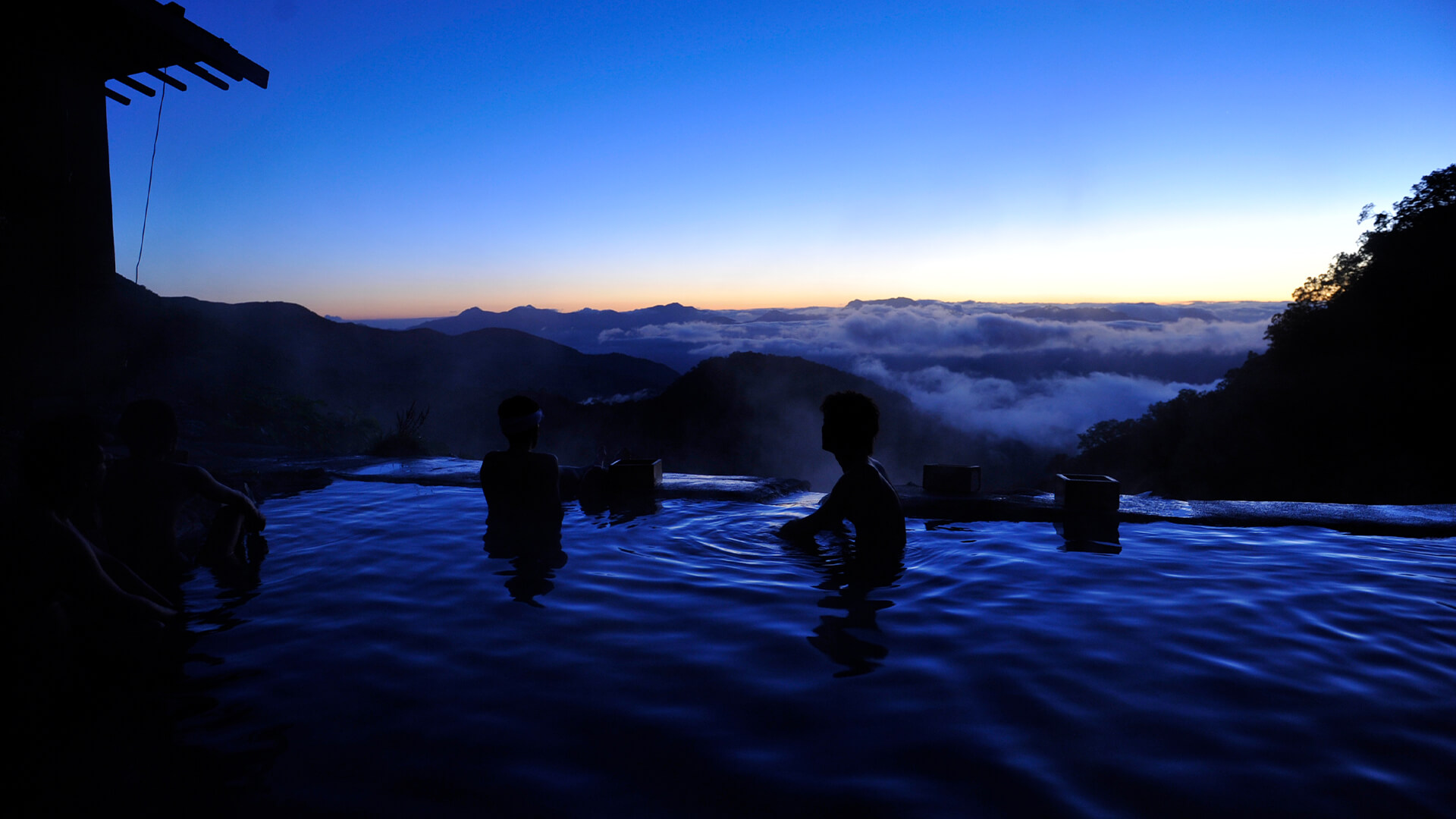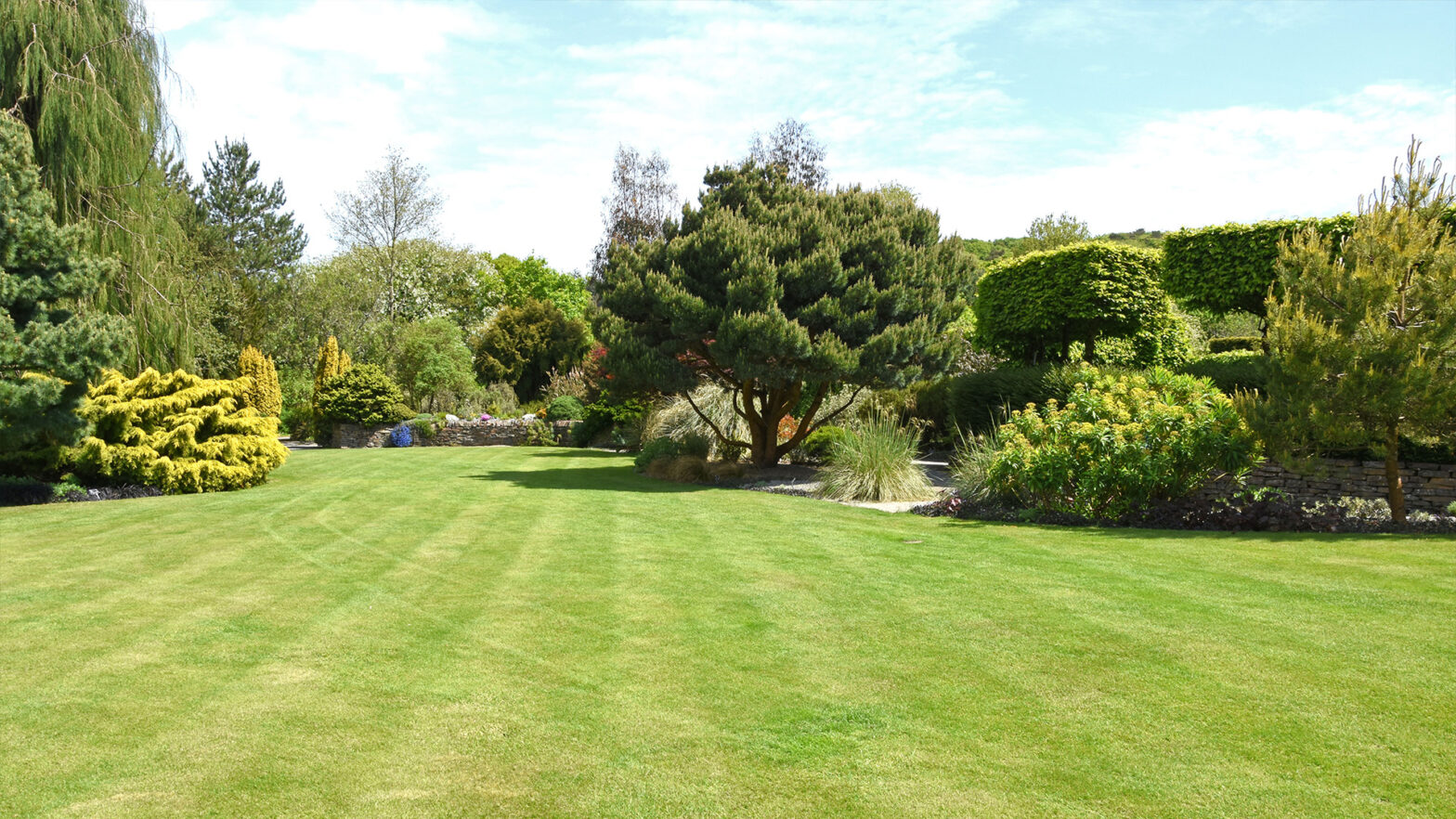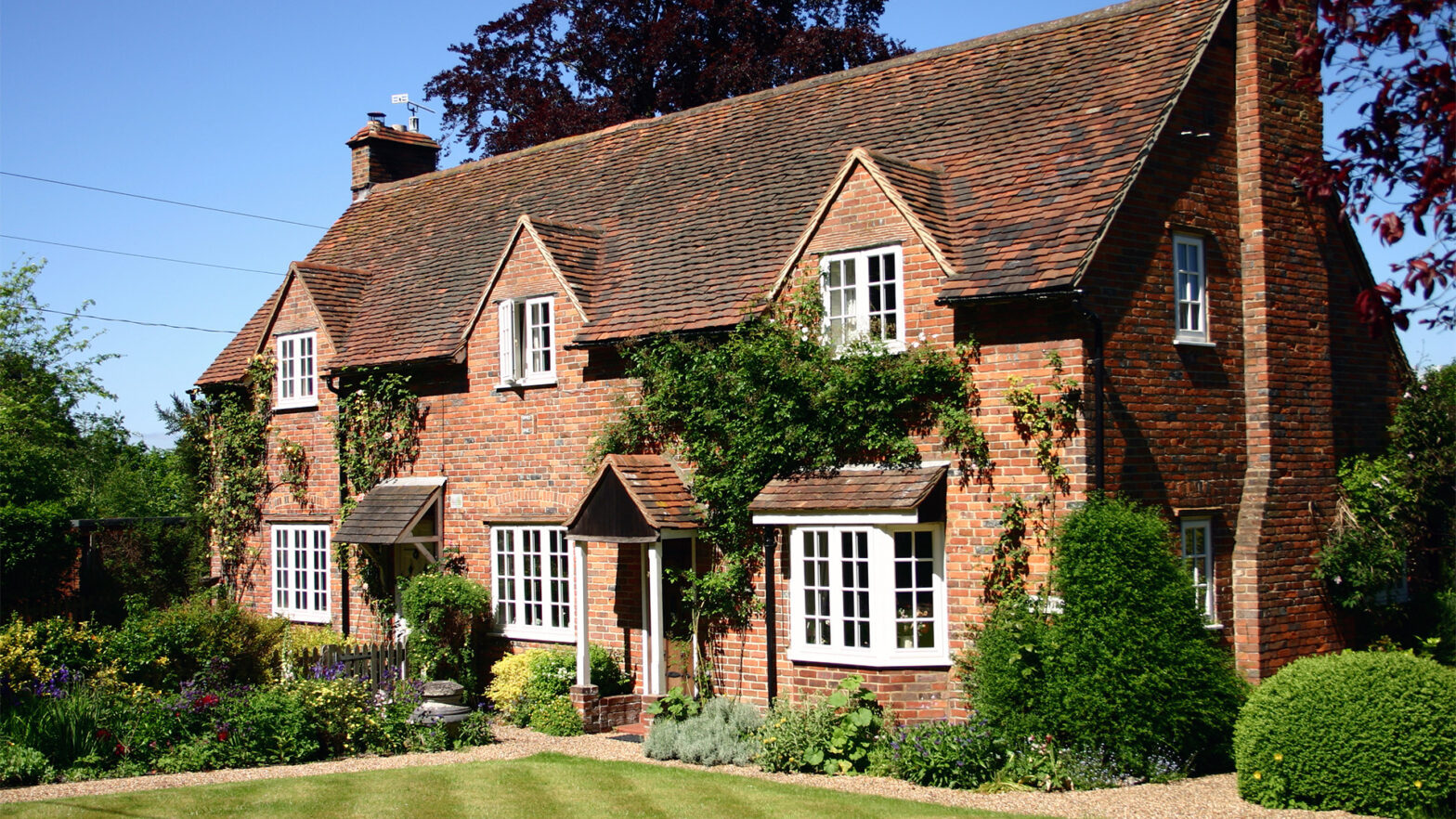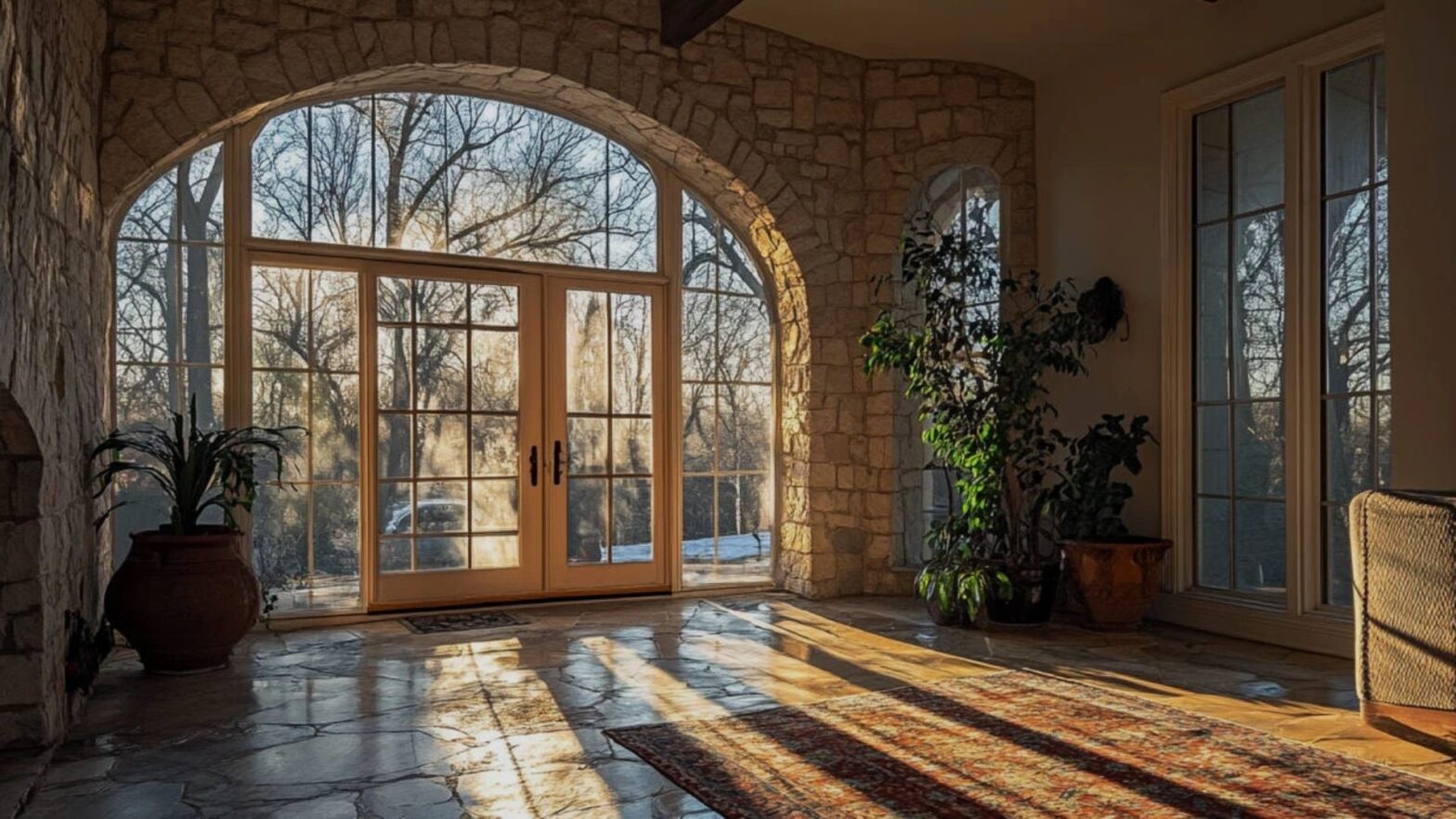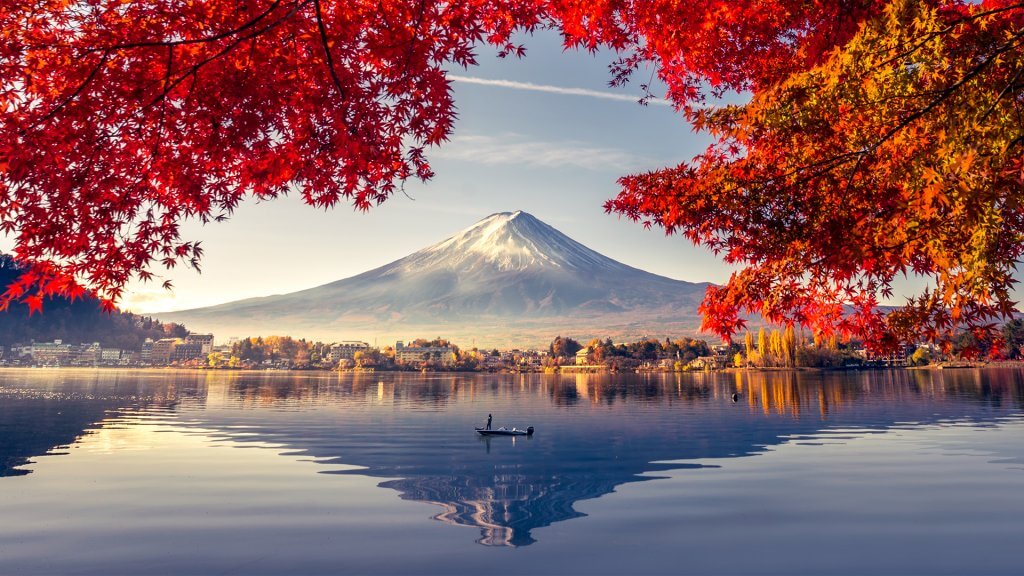
Japan’s Unmissable Luxury Experiences
In the lead up to Japan hosting the Rugby World Cup this Autumn and the 2020 Summer Olympics, Alison Brinkworth, writing for LUXlife, highlights unmissable experiences the country has to offer
Sitting back in an outdoor wooden tub soaking in simmering hot water from nearby bubbling natural springs, my view stretched for miles across ancient hillsides where samurai and emperors once roamed.
Even simple bathing is steeped in historic rituals in Japan – and one of many unforgettable experiences you won’t want to miss.
Japan has quickly become one of the most fashionable destinations in the world, even before the country secured two international sporting events for the coming year. On top of that, Osaka will host the World Expo in 2025.
The country offers an eclectic mix of bustling modern cities and peaceful misty mountain landscapes that are home to playful snow monkeys and flourish with pink blossom in the Spring and leaves the colour of burning embers in Autumn.
While your key destination will probably involve main cities of Tokyo, Osaka, Hiroshima and the historic heartland of Kyoto, make the best out of your trip by considering these options too.
See the ancient volcanic lands and hot springs
The Japanese archipelago is highly volcanic, so you’ll find numerous spectacular sights and hot springs, which are called ‘Onsen’ in Japanese. Onsen often come with bathing facilities because soaking in the waters is believed to have health benefits
The Hakone region, around a one-hour journey from Tokyo, should be on your must-see list where a day trip becomes an adventure, taking you over the live smoking Owakudani volcano in a cable car.
Heading further on with break-taking views at every turn, the Hakone Ropeway travels towards Japan’s highest peak, the imperious snow-topped Mount Fuji. Its final destination is the glorious Ashinoko Lake where there’s inexplicably a pirate ship to jump aboard for a tour of the lake.
A word of advice: check ahead as when volcanic gas levels are high, and as such part of the cable car service can be suspended, although a replacement bus route is then in action through this wild and stunning landscape.
The cable car journey starts in Gora, just a few steps from the luxurious Gora Tensui, a boutique hotel with 20 rooms, priced between £143 and £780 per night. Guests are given traditional kimonos and slippers to wear during their stay, and the elegant bar has a foot bath running around it to soak your feet while sipping on a cool drink.
It’s a peaceful, relaxing haven with distinctive traditional rooms and the highest quality of service from attentive staff. What’s more, as the area is famous for hot springs, the hotel has separate male and female bathing areas (which require nudity). Alternatively, a private bathing room can be booked for free that features a secluded balcony with an outdoor, traditional bath-tub and stunning views.
There’s many more Onsen where you can enjoy hot springs including Kusatsu in Gunma, which has one of the most famous hot springs resorts in Japan. Gunma is also where you find the luxury Relais & Chateaux hotel Bettei Senjuan, where the snow-capped peaks and natural beauty of Mount Tanigawa can be seen from every room. The floor to ceiling windows and a zen interior aim to make guests feel at one with the scenic surroundings.
Then there is Beppu, on the island of Kyushu, which offers something different of mud baths and black sand. This area prides itself on having 3,000 hot springs feeding into over 150 public bathhouses. Other renowned areas to take in the waters are Tohoku and Tochigi.
Stay in a traditional Ryokan
Ryokans began life in the 8th Century as basic wooden inns for weary travellers to stay the night but now provide distinctive and often luxurious accommodation that embody the traditional culture and customs of historic Japan.
With paper doors, futons and tatami mats made of woven reeds on the floor, the atmosphere is very different from a normal hotel and a far cry from the skyscrapers, noise and hi-tech lifestyles of larger cities.
Ryokans also provide guests with a set meal that is truly memorable. There may be food you have never tasted before, like a furry fish or wholesome broth, but it’s all beautifully presented and made using historic recipes. The Japan Tourism website has a directory to search for ryokans here.
Experience snow monkeys and bamboo trails
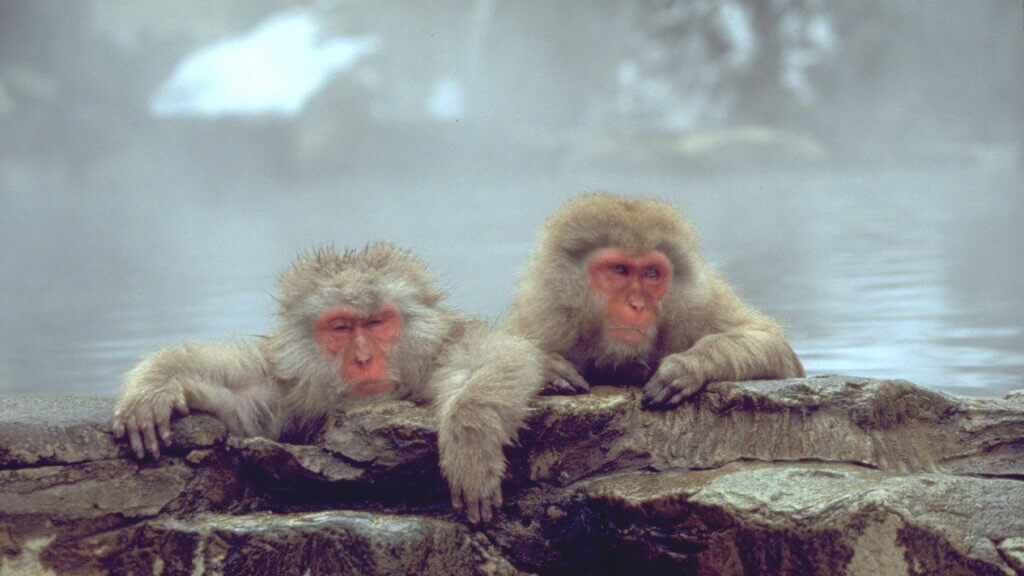
For once in a lifetime experiences, head to the outskirts of Kyoto to Arashiyama. Here you will find an incredible bamboo grove. Open dawn until dusk, it is free to walk around, among these towering plants
The light glints in shades of green through the canopy to create a magical quality around the bamboo. Despite many visitors, the grove has the ability to maintain a peaceful and calm ambience.
Just over the river, in walking distance of the grove, is the Arashiyama Monkey Park Iwatayama. There is a steep uphill path through beautiful woodland that takes roughly 30 to 40 minutes to walk, but the view at the top is worth the effort. The vista is breath-taking, and enhanced by the frolicking snow monkeys that live in this animal sanctuary.
Free-roaming Japanese macaque rule the roost up here and you may even feel outnumbered. It feels special being able to get so close to these playful animals and you’ll find yourself captivated by their antics as they walk within a few inches of your feet.
Snow monkeys are also found in the park in Nagano, in Yudanaka.
Be adventurous with food
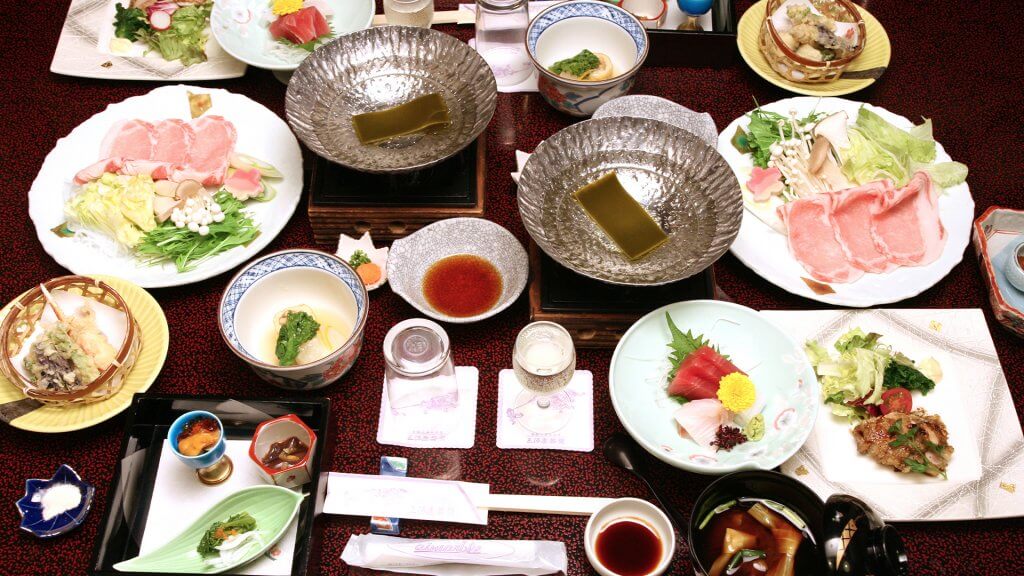
Tokyo is renowned for its fresh, high quality gastronomy, whether it’s the street food or Michelin-starred restaurants. Many independent eateries are small and focus on a speciality, so don’t dismiss discreet doorways with aromas wafting out that ignite the senses. This is where the magic happens. Some of these smaller premises prefer cash to card, so be prepared to carry some “real money” with you
While sushi and tempura are both well known, one of the other specialities is skewers featuring a range of delicately seasoned fish, seafood, meat or vegetables that are grilled over charcoal. The more commonly found chicken version is called Yakitori but chefs also create flavoursome versions with everything from octopus to mushrooms. There is also Tonkatsu, which is a deep-fried bread crumbed pork chop, similar to a schnitzel, which comes with rice and a hearty miso soup.
For high-end establishments, some highlights include Ishikawa in Tokyo’s Shinjuku-ku suburb; famous for its sushi and seafood from chef Kagurazaka Ishikawa and has three Michelin stars.
While if you want to try the potentially deadly poisonous pufferfish, there is a small, restaurant that specialises in this Fugu cooking called Yamadaya. It’s small and based in the Korean residential area of Mikawashima but the highly-trained chef is renowned for his precision, so you know you are in safe hands.
Elsewhere, Kobe is a maritime city in the Kansai region, close to Osaka and Kyoto, but famous around the world for its beef and sake. The award-winning beef’s sweet, intense flavour has gained it international acclaim and you won’t be short of places to taste this premium beef in its home city. Famed restaurants include Mouriya, Daichi, Yazawa Kobe Beef Restaurant and Kobe Plaisir, to name a few.
When it comes to sake, there is the historic Hakutsuru Sake Brewery Museum to understand what goes into making this drink with a free tasting at the end of the self-guided tour.
Shop ‘til you drop
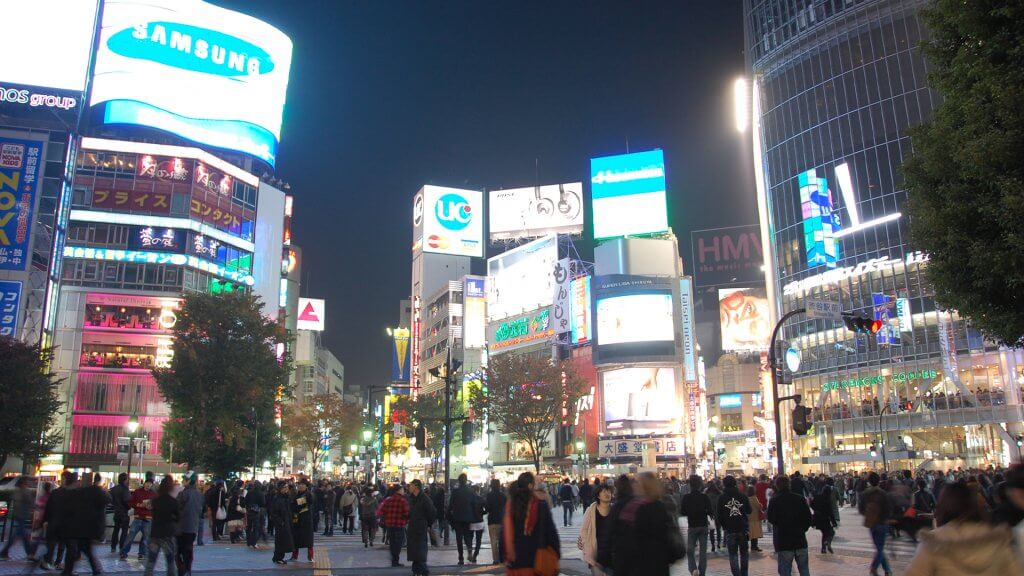
Whether it’s electronics, Manga, or stylish clothes, the major cities offer a wealth of boutiques, markets and department stores
In Tokyo, Harajuku is renowned for its fashion stores that range from designer names to independent boutiques. Fans of shopping here include pop star Gwen Stefani. Jimbocho is nicknamed Tokyo’s Book District with its many second-hand stores, many of which cater for English readers and have exquisite envelopes and other stationery. For electronics and anime, head to the bustling Akihabara suburb.
Interestingly, for those who remember iconic music company Tower Records, it still has a presence in Japan despite all its stores closing in America. There’s a large Tower Records in Shibuya, just steps away from the famous Shibuya Crossing – said to be the busiest pedestrian crossing in the world and the perfect place for a photo.
When in Osaka, head for the shopping district of Minami to browse high street favourites along with second-hand shops.
If you prefer hand-made artisan objects, the city of Kanazawa is a hotspot for traditional crafts, particularly gold leaf as this area makes over 98% of the gold leaf in Japan. It is also renowned for its Kaga Yuzen silk dyeing, Kutani porcelain and lacquerware.
Finally, for motor racing fans interested in thinking about their next motorbike or sportscar, Honda has a Collection Hall transport museum based at the Motegi race track in Motegi that will give you food for thought and is unmissable for anyone who loves Formula 1, MotoGP or motocross.
Let the train take the strain
Don’t be daunted by huge distances between cities as the super-efficient rail service in Japan makes easy work of getting around. You can travel from Tokyo to Kyoto in less than three hours and on to Hiroshima in a further two hours. The first thing on your list should be booking you Japan Rail Pass, also known as the JR Pass.
The Tourist pass – available for either 7, 14, or 21 consecutive days at a cost of £213, £340 and £435 respectively per adult – allows unlimited travel on nearly all JR train lines. This includes the iconic Shinkansen “bullet” trains along with many JR-operated buses, monorails and ferries. It doesn’t include the Nozomi Super Express or Hakone regional trains, but it is perfect for travelling long distances on pristine, high quality trains in a short space of time.
You need to apply for the pass online in advance with enough time to receive an Exchange Order in the post, which is then exchanged and activated in Japan at a rail office to receive the JR Pass. Only foreign nationals visiting Japan for tourist reasons are eligible to buy this pass. There is also a regional pass available for those remaining within one area of the country.
For further advice on travel to Japan, visit the Japan National Tourism Organization.
Information on the Japan Rail pass can be found here.








